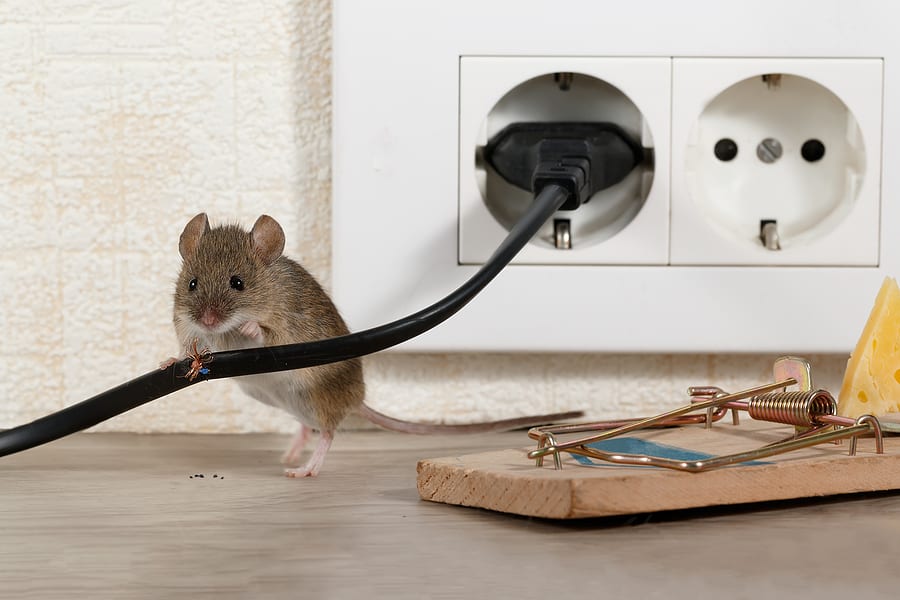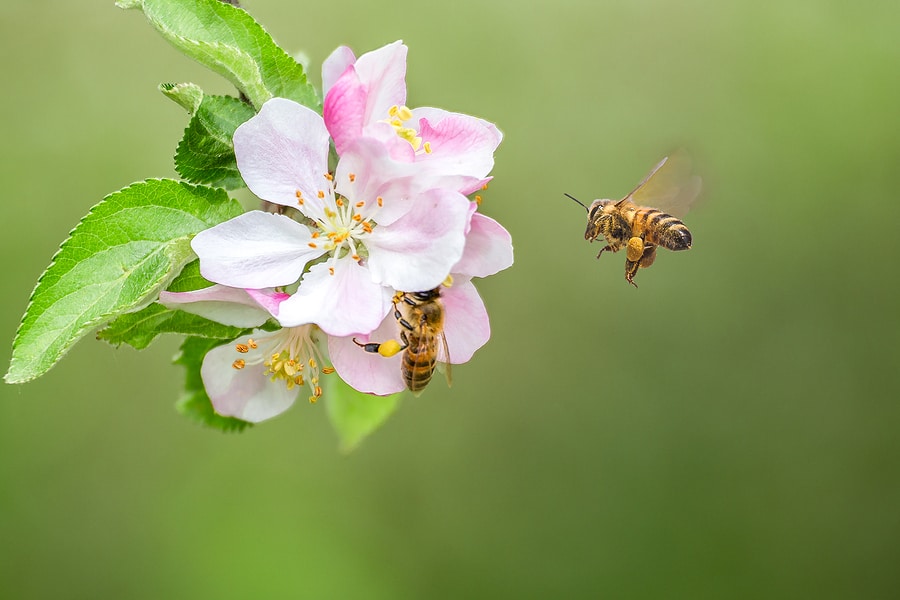READY TO GET STARTED?
REQUEST A FREE ESTIMATE
Fill out the form below or call (336) 226-1448 for a free, no-obligation estimate.

Many will debate which is more effective – professional pest control or do-it-yourself pest control. There’s a growing trend among homeowners who want to be able to tackle pest control themselves to save time and money. Regardless of the route you take, prevention is always key to controlling pests. Below are some effective DIY pest control tips to try:
Keep Everything Clean
A clean house is much less attractive and hospitable for pests. Cleaning any dirty dishes and food scraps out of the sink will help keep pests away. Also, wipe down your kitchen counters and surfaces daily. Store food and drinks in sealed plastic or glass containers. Empty your garbage cans regularly. Keep your grass mowed and make sure to get rid of weeds. Lastly, keep all shrubs and trees trimmed back so they aren’t touching your house.
Make Your Home Less Attractive to Pests
Pests will come into your home in search of 3 things: food, water, and shelter. If you’re able to eliminate these attractants, pests will have no reason to come in. As referenced above, make sure you keep your home clean. Repair any leaky pipes and faucets both inside and outside of your home. Do not leave pet food or water bowls out overnight. Lastly, declutter your home and try to use plastic storage bins instead of cardboard boxes.
Use Plants as Natural Repellents
Some plants are known to be good pest repellents. Instead of using traditional chemical methods, these plants provide a green pest control alternative. Plant any of these around your home for a natural remedy to common pests:
Seal Them Out
Pests can’t get into your home unless they find a way in. Some pests only need a small opening to get in. Inspect the outside of your home for any potential entry points and seal them up. Make sure to check door frames, windows, utility pipes, and the roof. Repair any broken windows and screens.
Use the Pros
Sometimes an infestation can go beyond the scope of DIY pest control methods. In these circumstances, it’s best to call a professional who can properly identify the pest you are dealing with. They can provide proper treatment as well as ongoing prevention techniques that you can use at home.
If you suspect that you have a pest problem, contact your local pest control company for an evaluation.

Regardless of the season, pests are always in search of shelter and food. One place that provides them with both of these is your home. Different seasons bring different pests in varying stages of their life cycles. It’s important to know the patterns for these seasonal pests in your area to make the proper preparations for your home. What can you expect as each season changes throughout the year?
Winter
For most pests, winter is a time of hibernation and survival. The colder weather triggers a need for overwintering pests to find shelter. Some will seek this out indoors, while others will look for it outdoors. Bees, wasps, and other stinging insects search for shelter in logs or in the eaves of your home. Ants will seek shelter in their nesting sites. Overwintering pests like roaches and spiders will seek shelter indoors, sometimes in our homes. They key to prevention of winter pests is to prepare your home in the fall.
Spring
Spring is a time of awakening and mating for many pests. As the weather starts to get warm, pests will emerge from their winter shelters and increase their activity. Pests that hibernate during the winter will awaken from their dormant states. The spring rains will drive ants from their nesting sites in search of higher ground; plus it marks the beginning of swarming season for termites. Most pests will move outdoors in the spring in search of mates.
Summer
Summer brings the height of backyard pests, which are what tend to put a damper on our outdoor fun. While we usually see fewer pests inside our home during the summer, we do tend to see a larger number of pests in our yards and other outdoor areas. Mosquito season peaks in the summer months as the moisture from spring and summer rains drives mosquitoes to breed. Bees, wasps, and other stinging insects are also more active in the summer.
Fall
Fall is a time of preparation for most pests as they need to get ready for the harsh winter months. Common fall pests include ladybugs, box elders, and spiders. These pests will often invade your home at this time of the year in search of shelter for the coming months. Fall is a good time to prepare your home for overwintering pests, such as roaches and rodents.
Regardless of the season, there are steps you can take to protect your home from pests year-round:
If you already have a pest problem or these steps aren’t working for you, call your local pest control company. They can come and give your home a thorough inspection and help you with a treatment and prevention plan.